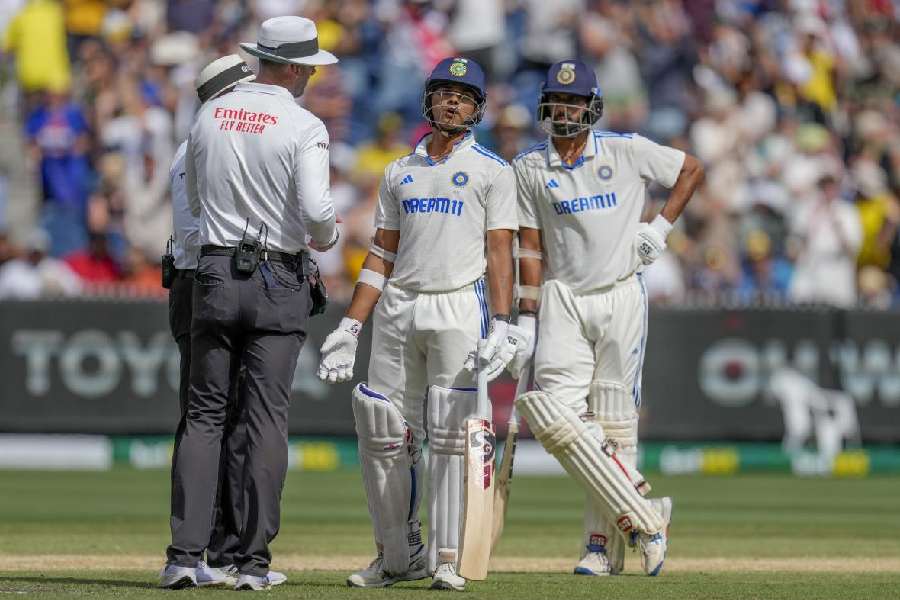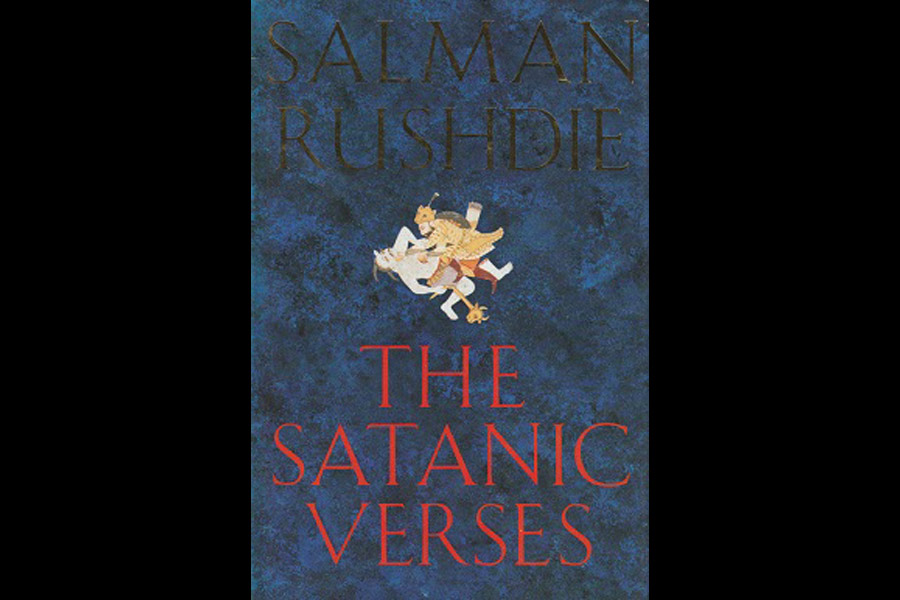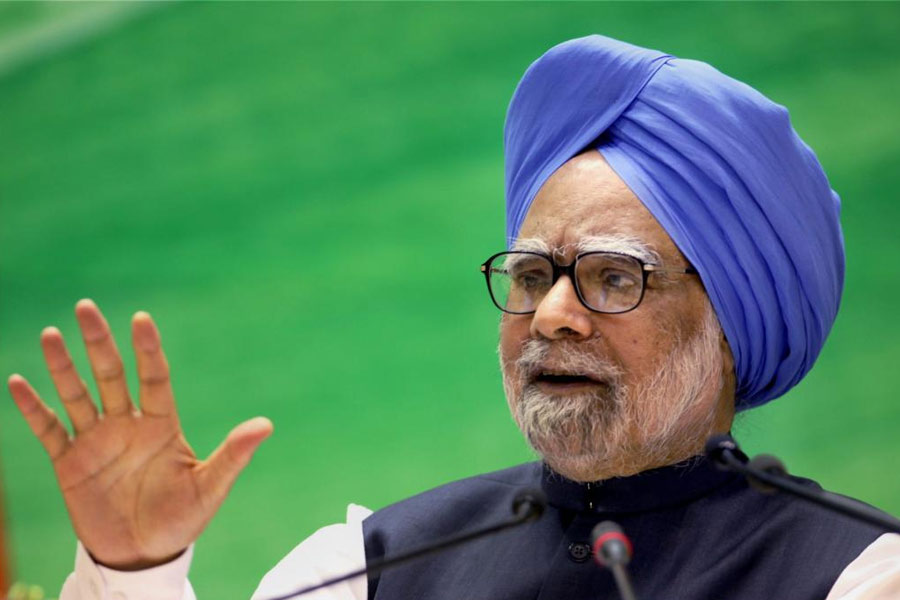He was about 18 and already a veteran DJ at Someplace Else at The Park, going by the name “DJ Om” or “Hi-Tech”. One evening, he was at Roxy, the nightclub at The Park, when he saw a couple dancing.
“It changed my life,” says the now 33-year-old Hitesh Teckchandani (which explains “Hi-Tech”, he says, a little shamefacedly). The two bodies moving to a rhythm were an electrifying sight. Hitesh learnt that the dance was salsa. He was a dancer, too, but he was stunned by this.
That was in 2005. He has not recovered since. Today Hitesh is known as “The Salsawala” in the city, who has been teaching the dance passionately for the last six years in Calcutta. He teaches abroad, too. He worked in Europe before returning to India. He holds classes at his studio and organises a weekly salsa party at a star hotel.
The most remarkable of his venues is the Dhakuria Lakes, where he holds a weekly salsa class for free. Anyone can join.
But at 7am every Sunday. So here I am, sleepy and slightly late, trudging into the lake grounds on a chilly early February morning. “You have to sacrifice your Saturday night party!” laughs Hitesh, a tall, suave man whose face is perpetually breaking into
a grin.
The class has turned four and cakes will be cut. Against the lake waters on which have fallen shadows of green, 20-odd people are standing in two rows facing each other. There are men, women, the old, the young, the middle-aged. Some morning walkers are thinking about joining in.
Looking at the class, I feel what is happening is more than what we mean by dance.
Salsa is danced in pairs. At the core of the sensuous salsa rhythm is a third step elided into the fourth — you take three steps to four beats of music. This gap creates the syncopation peculiar to salsa, and its rhythm. “Quick quick slo-w, quick quick slo-w,” says Hitesh. To the beats, the hips move in a series of little, controlled motions, making salsa so delicious and hot.
But the dance takes off on a different level at the lakes. One would assume that a man and a woman would dance together. Hitesh, however, pairs men with men, women with women, and only in a few cases, men with women. So men make other men spin around, women do so with other women, and sometimes, women make the men twirl!
The moves also require a leader and a follower. Hitesh makes both women and men take turns at being leaders and followers and achieves, on the whole, a serious breakdown of gender roles.
“Salsa is a social dance,” explains Hitesh. One good foundation of society, one would think, is equality of gender. Another is tolerance. Hitesh also constantly reminds his students about not being aggressive.
“Don’t push your partner. He or she should never feel intimidated,” he says again and again. The dance, the rhythm, the Latino music fuse in the beautiful morning to become something more, something that can be practised outside the dance floor. “Because when we dance, everyone is equal,” says Hitesh, who cannot stop speaking on the subject and has a habit of saying “awesome”.
Many in his class tell him that the classes are therapeutic. A participant who has been there for long feels being with the dance has changed her life.
Once at the lakes, some men had come charging at him, accusing him of teaching an “oshobhyo” (indecent) dance that made men and women hold hands. A group of elderly Bengali women, lake regulars, intervened, saying forcefully that there was nothing indecent in the dance.
Salsa itself was born from Cuban dances that were popular in the nightclubs of Havana in the end-1950s, coinciding almost with Fidel Castro taking over as Prime Minister of Cuba in 1959. But the Cuban dances went beyond, into enemy territory, and salsa was born as a mix of the Cuban dances and American jazz. Dance transcends.
After the Roxy episode, Hitesh, a Park Circus resident who had studied at Don Bosco and later at The Bhawanipore Education Society College, had first trained in Calcutta, then Mumbai. Then he wanted to study dance seriously, and enrolled in the dance and culture programme (BA honours) at the University of Surrey, majoring in ballet and site-specific choreography, “which is how I conceptualised Salsa by the Lakes”, says Hitesh. In the UK, he worked with Mario Hazarika, or Super Mario, one of the biggest names in the global salsa community.
Time for the cakes —there are two — to be cut. But as soon as class is to resume, Bollywood songs begin to be sung vigorously by a neighbouring group on the lake grounds, drowning the salsa music. What to do!
In India, though, ambient noise is not the biggest of Hitesh’s problems. Outside his class, he is an evangeslist for salsa and for contemporary dance in general. He is also trying to popularise Kizomba, an Angolan dance form, for which he has worked with Davide Venturi, another global name.
He takes regular classes at a city studio and also holds Hot Latin Thursday, a weekly party at a city hotel. He attends dance festivals and teaches dance, in the country and abroad.
Not so much the foreignness: Hitesh feels the problem about contemporary dance in India is that it is not given its due; neither by the audience, nor by its practitioners.
He is exasperated by the representation of dancers. “Dancers are always shown as strugglers on television. But they are also people, like anyone else.” He was asked once if he could afford to celebrate Diwali at home.
Bollywood dancers, he feels, are undermined to an absurd extent. “Salsa was a cultural development. It was about the community. Dances like this usually come out of colonial or poor countries,” says Hitesh.
It is about the identity of a people. Salsa is American, but also Cuban, Puerto Rican, Colombian. Hitesh teaches L.A. and New York styles.
Bollywood dance is similar, he feels. “Bollywood is a cultural expression of being Indian,” he says. And there are many success stories among Bollywood dancers.
“They are fantastic to look at, they drive cars, they have a great life.” But they are still thought of as “extras”. Update status, please. The dancers themselves are to blame, too. They often do not charge, because they do not value their own art. “If you overlook payment, you will never be valued,” says Hitesh. He adds that an educational degree like his should also be valued more here.
So what was it really that had attracted him to the dance when he saw the couple at Roxy? “The fact that you are able to dance like that to a language you don’t understand,” says Hitesh. Awesome.











